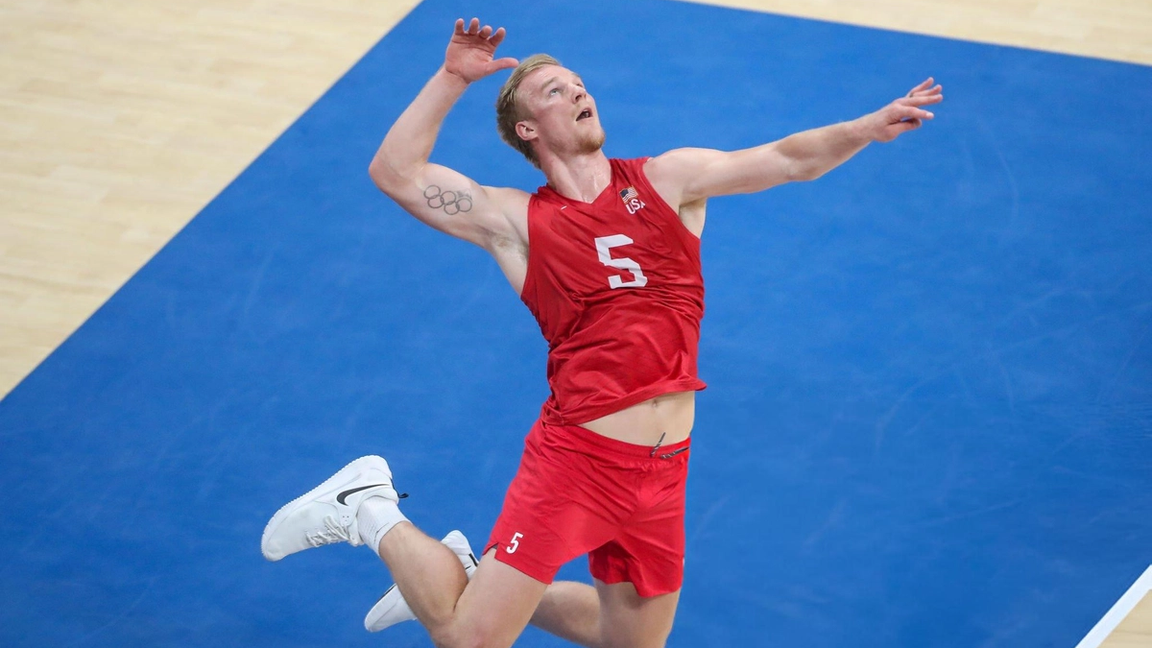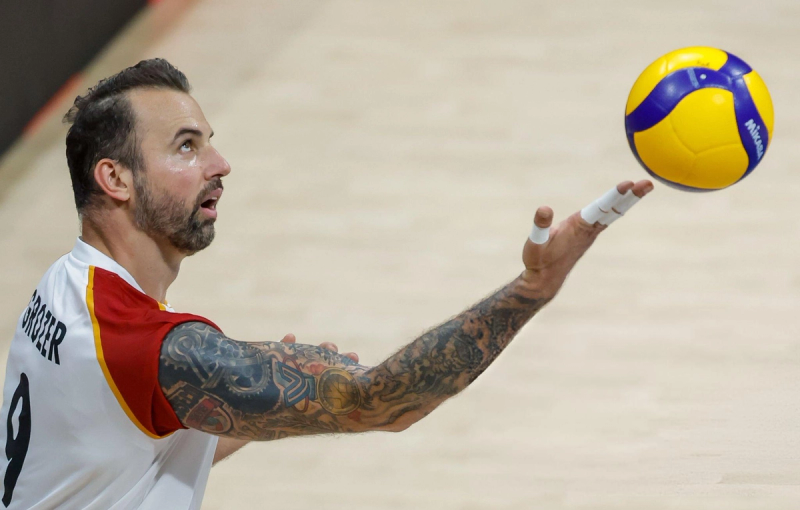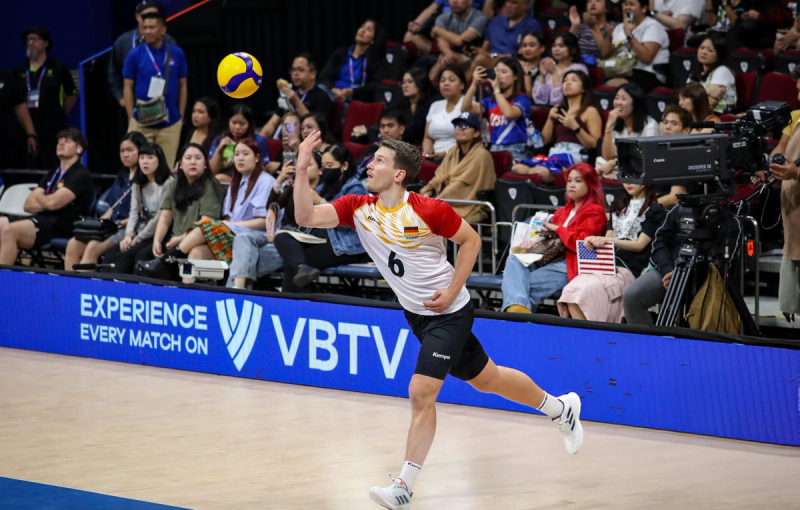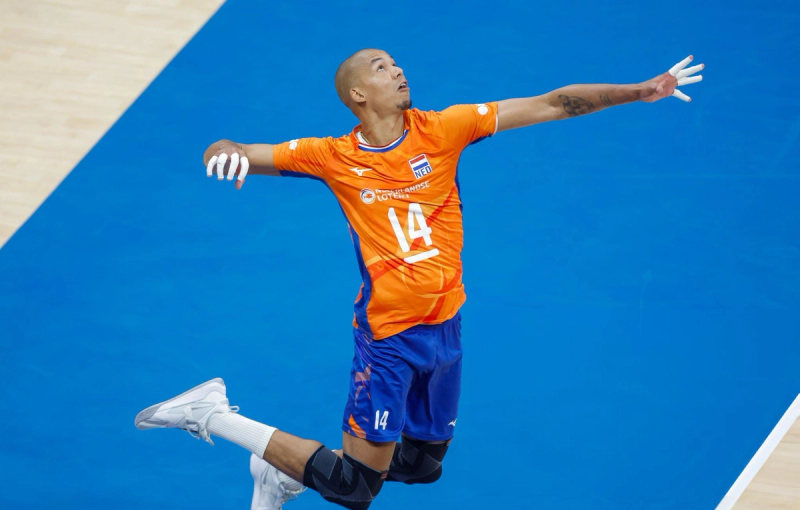
Top Serving Mistakes to Correct for Better Volleyball Accuracy

Matt Nikishin
•
1st August, 2025
Serving is the only skill in volleyball that a player has complete control over—yet it’s one of the most overlooked. Whether you're trying to ace your opponent or keep the pressure on during a tight match, your serve can dictate the tone of the game. Unfortunately, many players fall into bad habits that weaken their serve without even realizing it.
In this guide, we’ll cover the 7 most common serving mistakes volleyball players make, why they happen, and exactly how to fix them. Mastering these fundamentals will improve your power, accuracy, and consistency—guaranteed.
1. Inconsistent Toss (Too Low, Too Far, or Off-Side)

The Problem
An inconsistent toss is the root cause of most serving errors. If your toss varies each time—too far in front, too low, or drifting to one side—then your entire swing and timing are thrown off.
Why It Matters
The toss sets the stage for everything else. Without a consistent, repeatable toss, your footwork, contact point, and power suffer.
Fix It
- Toss with your non-dominant hand straight up, palm open, elbow locked.
- Keep the ball within one foot of your hitting shoulder.
- Practice tossing without serving to build consistency.
2. Poor Timing (Jump Too Early or Too Late)

The Problem
Jump serving too early or too late breaks the fluid mechanics of the serve. This can result in a mistimed swing, a missed contact, or a flat-footed motion that lacks power.
Why It Matters
Serving is a biomechanical sequence. When phases like windup, cocking, acceleration, and follow-through are out of sync, your serve loses force and direction.
Fix It
- Use a consistent pre-serve routine.
- Time your jump to meet the ball at its peak (for jump servers).
- Film yourself to check for delays or early motions.
3. Weak Follow-Through

The Problem
Many players stop their arm motion right after contact, cutting off their power. A weak follow-through often leads to floaty serves, mishits, or loss of control.
Why It Matters
A complete follow-through lets your body fully transfer momentum into the ball, increasing both speed and accuracy.
Fix It
- Imagine you're reaching through the ball, not just hitting it.
- Your hand should finish in front of your opposite hip.
- Avoid “short-arming” the serve—trust your motion.
4. Low Contact Point

The Problem
Contacting the ball at shoulder height or below limits your range, power, and ability to disguise the serve.
Why It Matters
The higher the contact point, the more angles you can use, and the harder it is for the opponent to read your serve.
Fix It
- Extend your hitting arm fully overhead.
- Jump (if jump serving) and aim to meet the ball at your maximum vertical reach.
Watch this Video to Improve your Serves:
5. Not Engaging Core Muscles
The Problem
Players who rely solely on arm strength miss out on full-body power. Weak core engagement leads to sloppy posture and energy leaks during the toss and swing.
Why It Matters
The core acts as a bridge between your legs and arms. For an efficient, stable, and powerful serve, your entire body needs to work as a unit.
Fix It
- Brace your core when tossing and swinging.
- Incorporate core-specific drills like planks and Russian twists into your training.
- Focus on tight torso control throughout the motion.
6. Tension in Shoulders and Arms

The Problem
Players often tense up when trying to hit hard, especially during jump serves. This restricts range of motion and increases the risk of shoulder injury.
Why It Matters
Relaxed muscles are faster and more coordinated. Serving with excessive tension leads to erratic ball movement and long-term strain.
Fix It
- Warm up thoroughly with dynamic stretches.
- Use breathing to relax before the toss.
- Shake out your arms and reset between reps.
7. Serving Without Pressure Practice

The Problem
In training, many players serve without simulating match pressure. This leads to solid serves in practice but inconsistent results during games.
Why It Matters
Under match pressure, your brain and body react differently. Practicing under realistic conditions helps develop mental toughness and muscle memory.
Fix It
- Create high-pressure drills: 3 serves in a row in or run a lap.
- Practice serving at game speed and with full warm-up.
- Get teammates to cheer or distract during serve reps to build focus.
Bonus Tip: Develop a Pre-Serve Routine
A consistent routine—bounce the ball, deep breath, visualize, serve—trains your body to stay calm and focused. This boosts confidence and helps anchor your timing.
How to Practice Serving the Right Way
- Target Zones: Accuracy into specific court zones
- 10-In-A-Row Challenge: Builds pressure and consistency
- Partner Feedback: Real-time correction and tips
- Video Analysis: Identify timing, posture, and follow-through
❌ Common Serving Myths Debunked
- “Power = swinging harder”: No, power comes from technique + timing.
- “Jump serve = automatic ace”: Only if it’s controlled and well-placed.
- “Float serves don’t need spin”: True, but you still need correct contact and posture.
✅ Conclusion: Fix These Mistakes to Unlock a Dominant Serve

If you're struggling with your volleyball serve, odds are you're making one (or more) of these seven mistakes. The good news? Each one is fixable. By focusing on consistency, timing, relaxation, and game-like practice, you’ll develop a serve that’s not only accurate—but game-winning.
🎯 Want to Know What’s Wrong with Your Serve? Upload to Rewind
Wondering if your toss, timing, or follow-through is off? With Rewind, you can upload your serve footage and get expert feedback from certified volleyball coaches.
✅ Personalized insights on your swing mechanics
✅ Fix errors before they become habits
✅ Learn what’s holding your serve back and how to improve—fast
🔗 Try it now at TryRewind.co
📸 Click the image below to level up your serve with real feedback.⬇️
